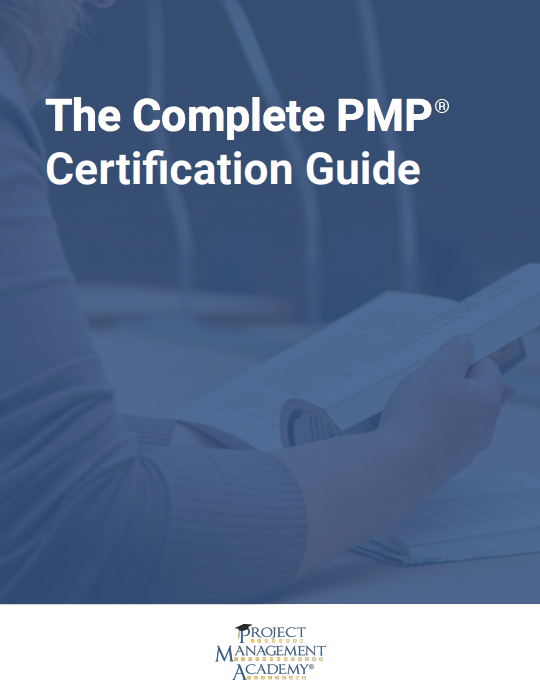The Project Management Academy Blog
Get the latest industry news, trends and insights you need to be the most effective Project Manager.
When a project fails, blame is often thrown in many directions: lack of budget, technology issues, or communication gaps. Yet root cause analysis frequently reveals project failure begins in requirements that are poorly scoped or lacking in end user input. Some reports have gone as far as estimating 71% of project failure is the result of poor requirements management. Project Managers that fully understand the significance and complexity of customer requirements can better ensure successful project outcomes.
Share
Project Management | Risk Management
Economic Shifts due to Covid-19: Risk is Constant Although risk has always been inherent in business, almost no industry was prepared for the global economic impact of Covid-19. March 16, 2020 saw the Dow Jones largest-ever single day fall, and the impact on global stock markets is still not fully known.
Share

Learn what steps you need to take to become a PMP certification holder and subscribe to our blog.
The Disciplined Agile (DA) principles were recently refactored and as part of this refactoring, a principle was added: “Organize Around Products/Services”.
Share
The 13th Annual State of Agile Survey, released in 2019 and reflecting a global audience, revealed companies are moving to agile to increase productivity, improve team moral, and decrease project costs. Those same business drivers are embedded in the emerging area of Disciplined Agile (DA) which has continued to grow since it’s 2012 inception at IBM. In fact, The Disciplined Agile (DA) toolkit became part of the Project Management Institute, Inc. (PMI) in August 2019, and with that, 4000 DA credential holders became part of PMI. Whether you are growing your company’s in-house Agile skill set or looking for a tool kit to connect existing Agile frameworks, Disciplined Agile will help.
Share
Sabina Nawaz’s article “In Times of Crisis, a Little Thanks Goes a Long Way“, which was published this week on HBR.org, is a great reminder of the need we all have to be appreciated.
Share
Corporate Training | Professional Development
The workforce is experiencing unprecedented change with stay-at-home orders and extended work-from-home environments. Not to mention those that are balancing working-from-home with school-aged kids, pets, roommates, and family members underfoot for long periods of time. And yet, new research shows that for both businesses and professionals, seeing the productivity maintained or even increased during enforced remote work will have far-reaching impacts. National research conducted by IBM generating data from 25,000 adults in April 2019 reveals that COVID-19 has impacted perspectives and expectations for the workforce:
Share
Lean Six Sigma (or Six Sigma) is an internationally recognized methodology for continuous improvement. Any professional seeking globally recognized certification status with career potential across multiple industries should consider Lean Six Sigma Certification.
Share
Remote teaming is not a new concept but physical distancing restrictions have forced many project managers who had never previously worked with teams of dispersed team members to quickly adapt. While this transition might create a few hiccups with a well established team it will be much more challenging when we are working with teams whose members have never worked together. In such situations, the forming, storming and norming phases can take much longer than it was with the “old normal” but your key stakeholders are unlikely to accept prolonged delays in the team becoming productive.
Share
The same drive for efficiencies in manufacturing processes that sparked what is now known as “Lean” can help businesses reduce costs and decrease time-to-market while simultaneously boosting talent retention. The 2015 Lean Business Survey concluded that 92% of companies leveraging Lean enjoy “moderate to significant improvements in project success.” Growing your team’s Lean skill set can produce ongoing business benefits.
Share
In a $200 billion marketplace saturated with vendors of all kinds, finding corporate training classes is easy. However, finding quality corporate training solutions that align with your business goals and enable your talent to gain needed skills, takes more than a mere internet key word search. There are five factors you can use to ensure you get more than just a class with a good title, but that you secure an effective training solution for your team.
Share